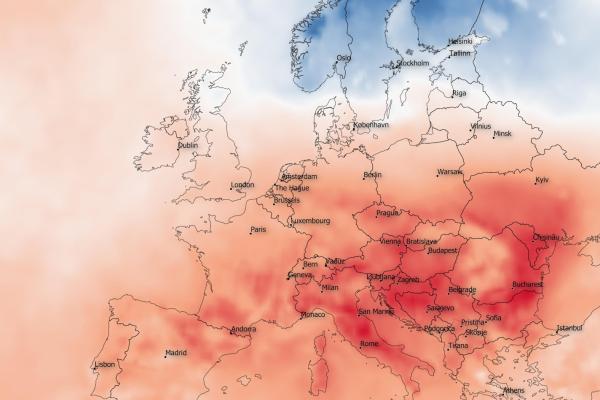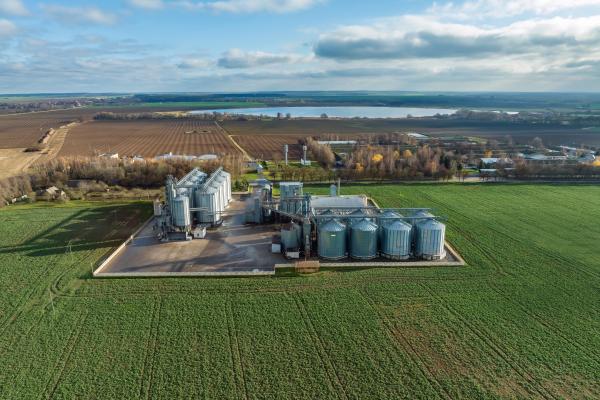
ASAP hotspot assessment February 2023
Main findings of the February global overview:
- In Southern Africa, cereal crops are developing under mixed conditions. Water-stressed vegetation is observed in parts of Angola, western Zambia, northeastern Namibia, and northern Botswana. In the rest of the areas crop and rangeland conditions in mid-February are generally favourable. However, flooding has been affecting eastern South Africa, eastern Madagascar, southern Mozambique and Eswatini since the beginning of February, resulting in damages to agricultural land.
- In East Africa, a severe and prolonged drought resulted in poor crop and livestock productivity for the 5th time in a row for bimodal parts in Somalia, Kenya and southern Ethiopia. Forecasts for the next rainy season (March-May) are pointing once again towards dryer than normal conditions. The risk of famine remains high for Somalia and nearly 23.4 million people in Kenya, Somalia, South Sudan and Sudan are in IPC Phase 3 and worse (IPC analysis results by February 2023).
- In North Africa and the Middle East below-average rainfall has impacted winter cereals in southern Morocco, western Algeria, central Tunisia, north-east Syria (Hassakeh), north-west Iraq (Ninewa), and north-east Iran (Golestan). Monitoring rainfall in the next two months is crucial.
- In Central Asia, conditions of winter cereals are average or above-average, except for Turkmenistan and areas affected by a sudden cold wave that may have resulted in winterkill. In Afghanistan, conditions of winter wheat are mixed, however, food insecurity remains very high. In South Asia, prospects are favourable for Rabi crops (winter cereals) and Boro rice in Pakistan and Bangladesh respectively. In Sri Lanka, the harvest of main season (Maha) rice and maize has started with favourable prospects.
- In continental South-East Asia and the Philippines, conditions continue to be favourable for the planting and growth of irrigated dry-season rice. In Indonesia, prospects are good for wet-season rice planted from October to January.
- In Latin America, the harvest of maize and beans (Postrera) concluded in Nicaragua, Honduras, El Salvador and Guatemala, under overall favourable agroclimatic conditions throughout the season. Minor cycles of maize, sorghum, and rice in Cuba and Haiti are progressing under favourable conditions, however, in Haiti non-agricultural shocks such as economic contraction and insecurity are driving food insecurity to elevated levels. Harvest prospects for Bolivia are below-average as poor crop conditions are observed in 5 departments contributing to ca.20% of the cereal production.
The next assessment is scheduled for the end of March 2023.
Details
- Publication date
- 7 March 2023
- Author
- Joint Research Centre
- JRC portfolios




